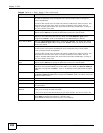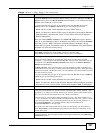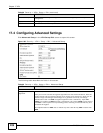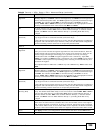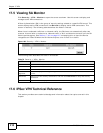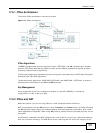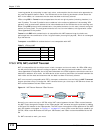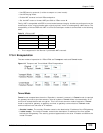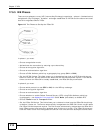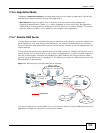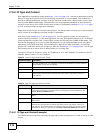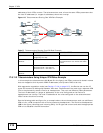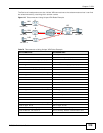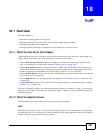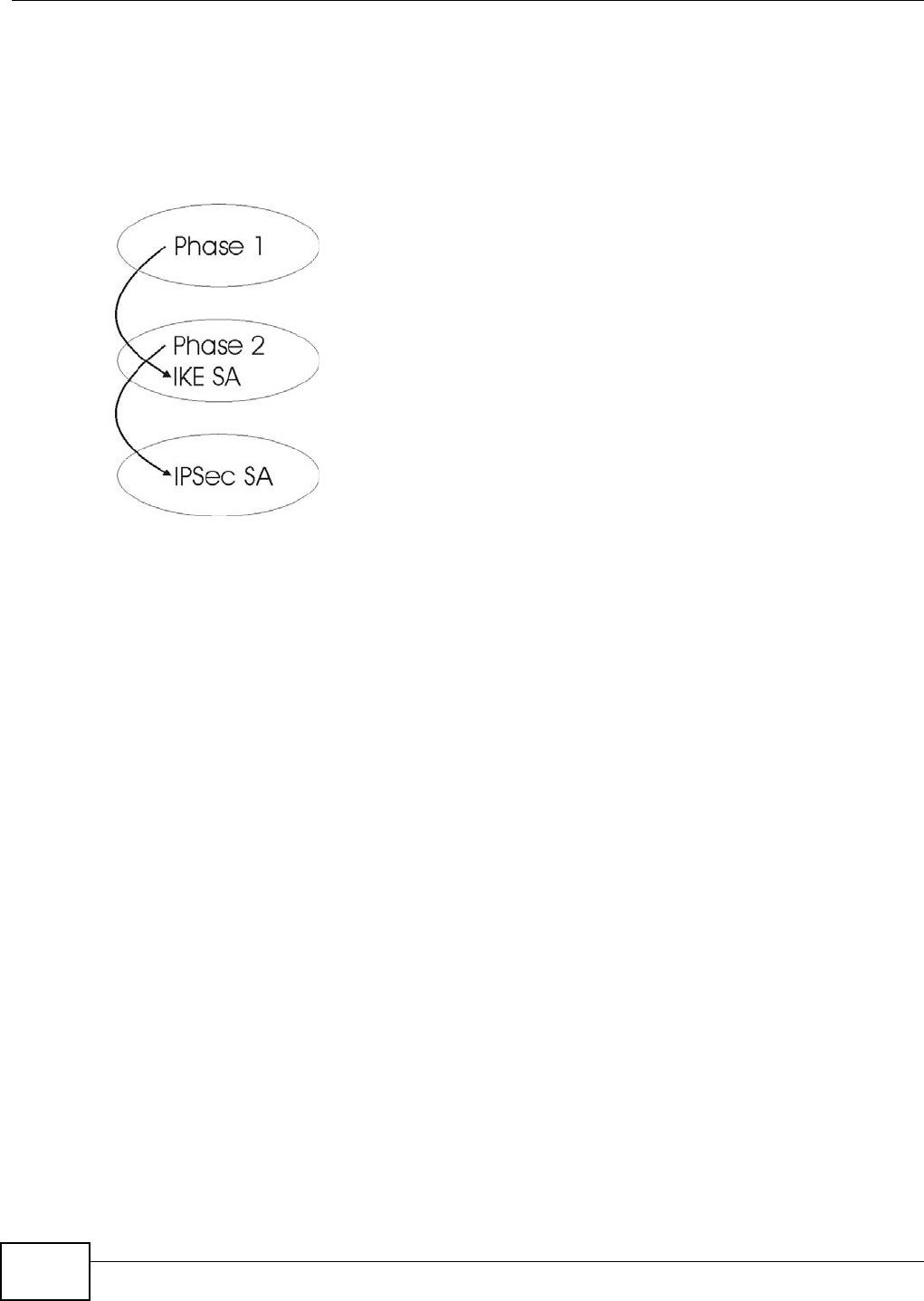
Chapter 17 VPN
EMG5324-D10A User’s Guide
214
17.6.5 IKE Phases
There are two phases to every IKE (Internet Key Exchange) negotiation – phase 1 (Authentication)
and phase 2 (Key Exchange). A phase 1 exchange establishes an IKE SA and the second one uses
that SA to negotiate SAs for IPSec.
Figure 113 Two Phases to Set Up the IPSec SA
In phase 1 you must:
• Choose a negotiation mode.
• Authenticate the connection by entering a pre-shared key.
• Choose an encryption algorithm.
• Choose an authentication algorithm.
• Choose a Diffie-Hellman public-key cryptography key group (DH1 or DH2).
• Set the IKE SA lifetime. This field allows you to determine how long an IKE SA should stay up
before it times out. An IKE SA times out when the IKE SA lifetime period expires. If an IKE SA
times out when an IPSec SA is already established, the IPSec SA stays connected.
In phase 2 you must:
• Choose which protocol to use (ESP or AH) for the IKE key exchange.
• Choose an encryption algorithm.
• Choose an authentication algorithm
• Choose whether to enable Perfect Forward Secrecy (PFS) using Diffie-Hellman public-key
cryptography – see Appendix D on page 333. Select None (the default) to disable PFS.
• Choose Tunnel mode or Transport mode.
• Set the IPSec SA lifetime. This field allows you to determine how long the IPSec SA should stay
up before it times out. The Device automatically renegotiates the IPSec SA if there is traffic when
the IPSec SA lifetime period expires. The Device also automatically renegotiates the IPSec SA if
both IPSec routers have keep alive enabled, even if there is no traffic. If an IPSec SA times out,
then the IPSec router must renegotiate the SA the next time someone attempts to send traffic.



